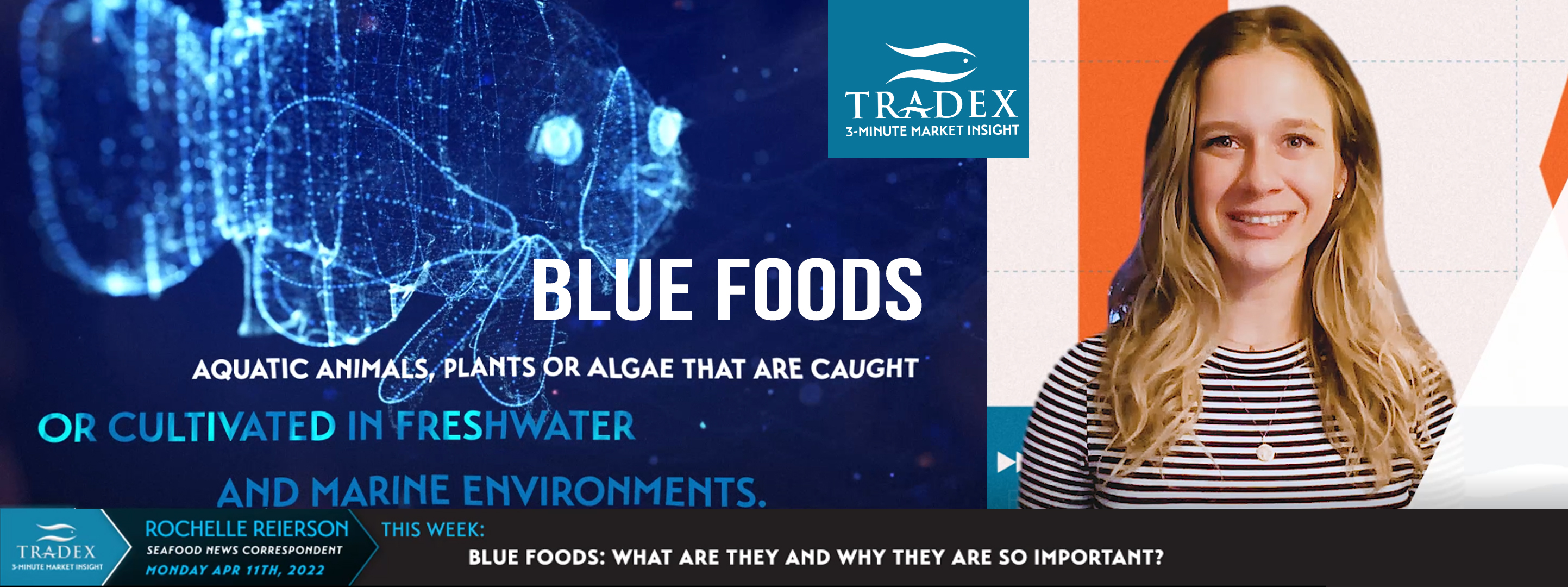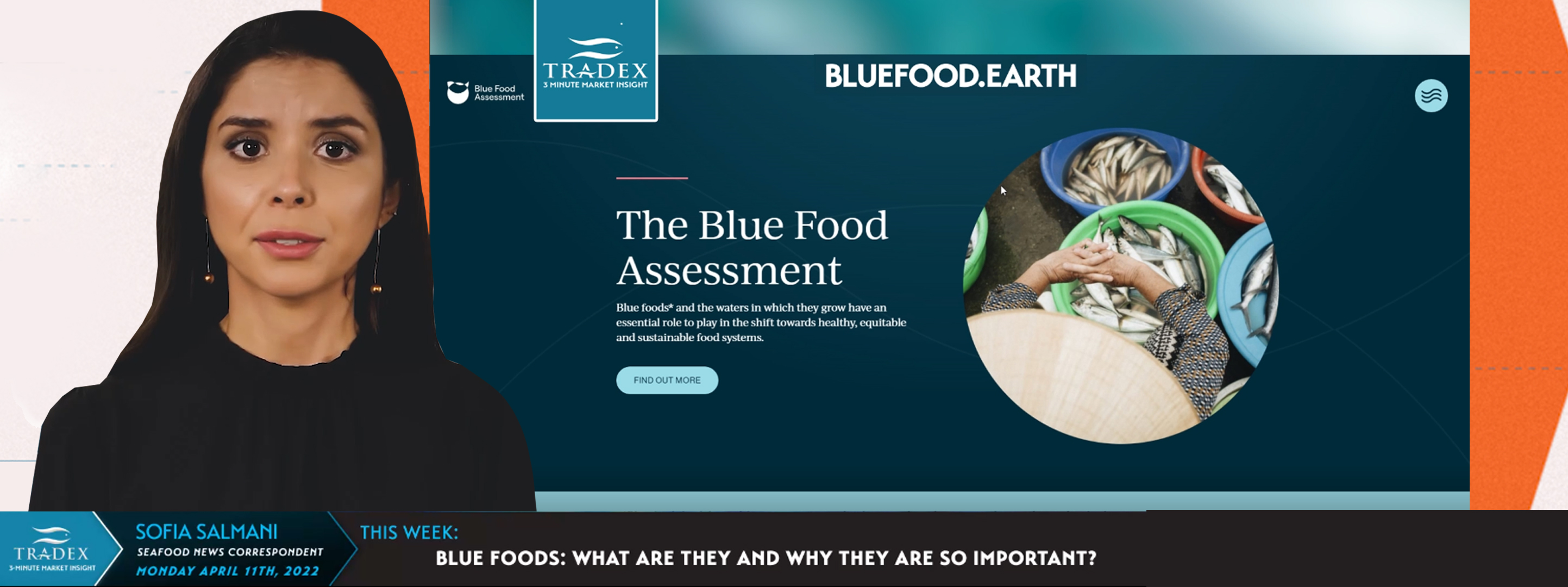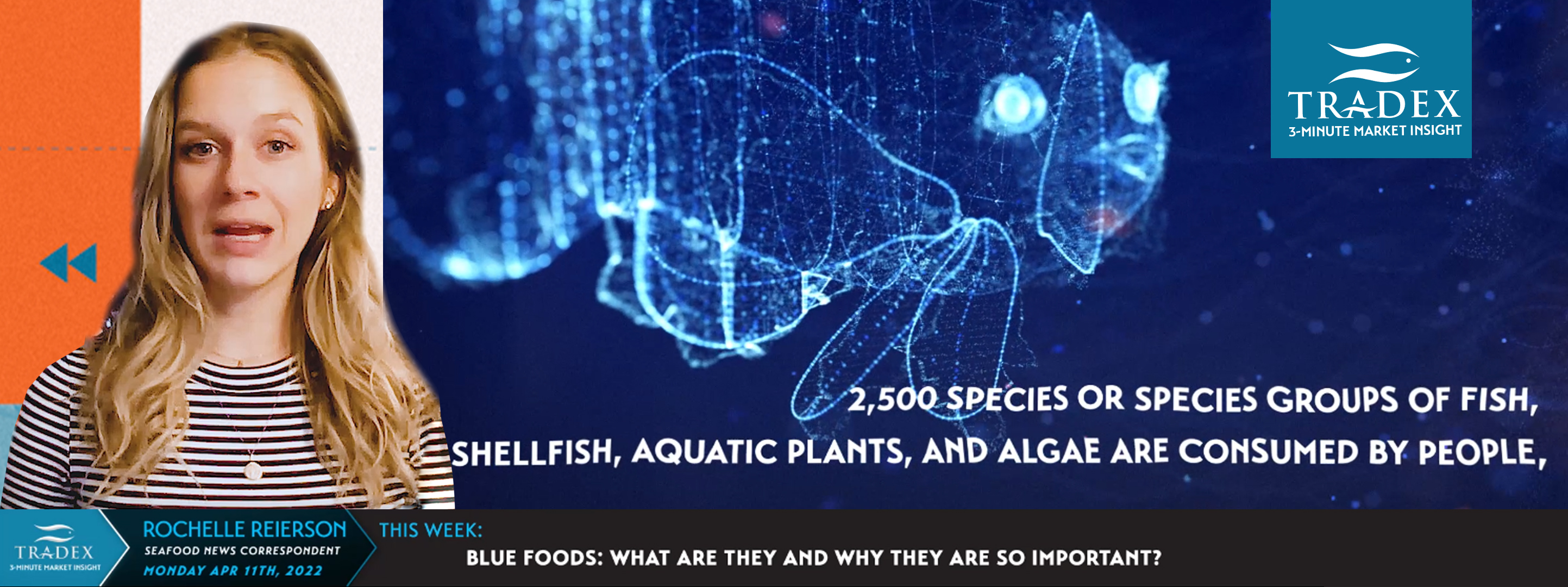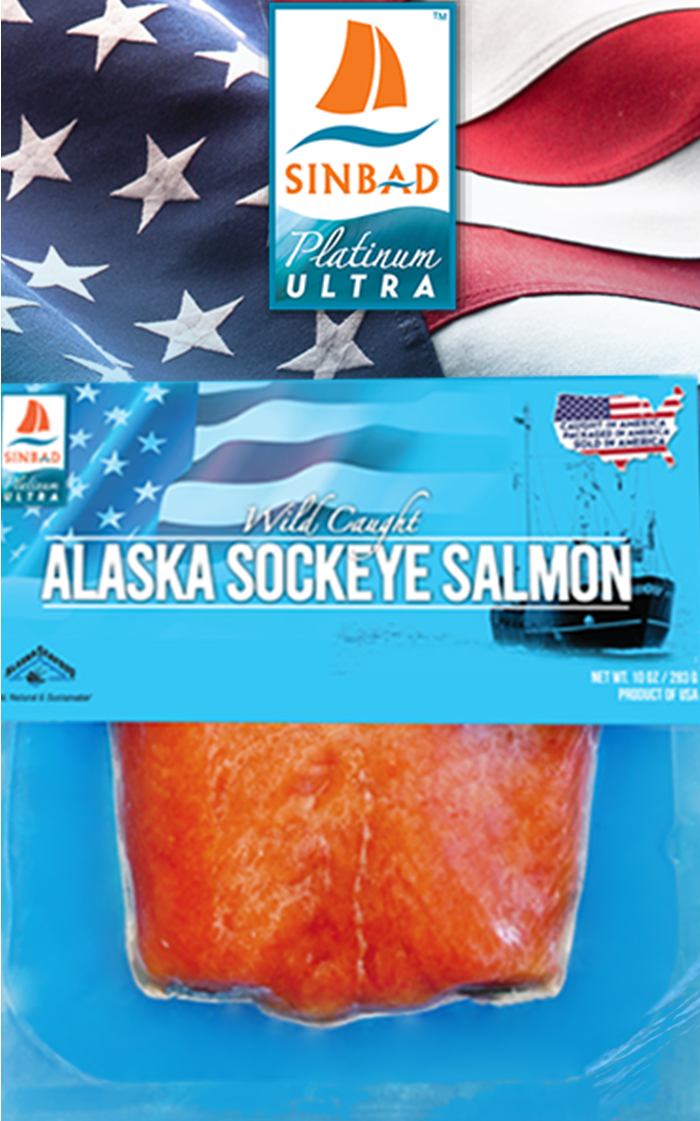
Loading
EP 584 | AIRED 04/11/2022
Blue Foods: What Are They and Why They Are So Important?
Apr 11th, 2022 Today, we take a deeper dive into “Blue Foods”, and how the aquatic foods sector has uncovered how fisheries and aquaculture can play a greater role in delivering healthy diets and more sustainable, equitable and resilient food systems around the world.
--- We are in the middle of a climate crisis.
And in the face of this global threat, we must look for ways to improve our actions not only as individuals, but as a global community.
Every second counts in this race against the clock to save our planet, and it is our responsibility to do everything we can to win this race.
The silver lining of it all may not actually be silver. In fact, it may be blue. We are talking about “Blue foods”.
“Blue Foods” are derived from aquatic animals, plants or algae that are caught or cultivated in freshwater and marine environments.
Examples of Blue Foods include tilapia, salmon, catfish, carp, shrimp, prawns, crab, lobster, aquatic plants, seaweed, and algae.

Today, we take a deeper dive into “Blue Foods”, and how the aquatic foods sector has uncovered how fisheries and aquaculture can play a greater role in delivering healthy diets and more sustainable, equitable and resilient food systems around the world.
--- On September 15th, 2021, five peer-reviewed papers in the journal Nature were released from the Blue Foods Association (BFA), which is an international joint initiative of 100 scientists from more than 25 institutions. This interdisciplinary team supports decision-makers in evaluating trade-offs and implementing solutions to build healthy, equitable and sustainable food systems.
The papers highlight the opportunities to leverage the vast diversity of aquatic, or “blue," foods in the coming decades to address malnutrition, lower the environmental footprint of the food system, and provide livelihoods.
Around the world, 2,500 species or species groups of fish, shellfish, aquatic plants, and algae are consumed by people, providing livelihoods and incomes for more than 100 million and sustenance for one billion.
Blue foods were found to rank more highly than terrestrial animal-source foods in terms of their nutritional benefits and potential for sustainability gains.

To add more incentive to eat blue, it was discovered that many blue food species are rich in important nutrients.
The research projects that global demand for blue foods will roughly double by 2050, and will be met primarily through increased aquaculture production rather than by capture fisheries.
So how do Blue Foods affect our industry for customers and companies?
With new information and studies coming out, the demand for environmentally sustainable food will be higher than ever.
As stated in the published papers, “Blue foods stack up really well overall and provide a great option for sustainable food.”

Advertise Here: advertising@tradexfoods.com
As consumers, we look to make informed decisions when it comes to buying food for ourselves and our families.
As suppliers like Tradex Foods, we hold the responsibility to sell and produce sustainably harvested seafood while being transparent about processes.
Rosamond Naylor, BFA co-chair and founding director of the Center on Food Security and the Environment at Stanford University can be quoted saying: “Few, if any, countries are developing their blue food sector to provide ecological, economic, and health benefits to its full potential. This assessment aims to provide the scientific foundation for decision-makers to evaluate trade-offs and implement solutions that will make blue foods an instrumental part of an improved food system from local to global scales.”
If Blue Foods are a green way to feed more people, it takes a community to hold the standards high. Where it starts from the seas, it continues to the suppliers, and so on to the table of consumers around the world.

--- If seafood wasn’t already a part of your diet, you may want to consider adding it now. Your simple switch of proteins may be the start of the ripple effect to a blue food revolution.
As trusted leaders in the seafood industry with strong focus and knowledge on blue foods and sustainability, we will continue to provide valuable resources and information to ensure you have the perfect tool kit to make informed choices about the food you purchase and eat. Call your Tradex Foods representative today to discuss.
--- If you are not already, be sure to subscribe to our 3-Minute Market Insight using the signup form below to keep tuned-in to all upcoming market insights.


